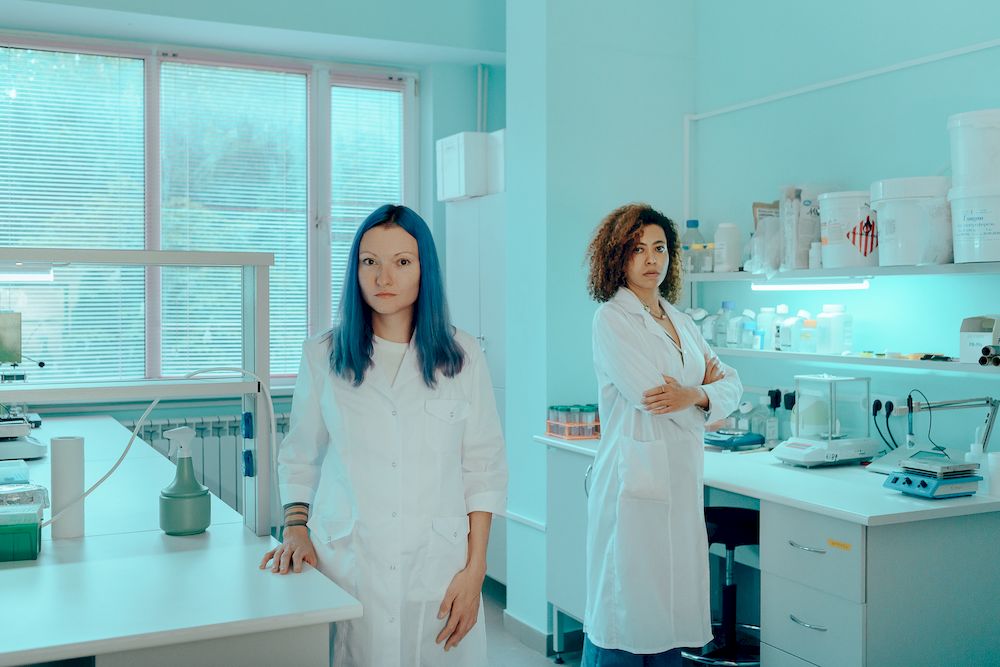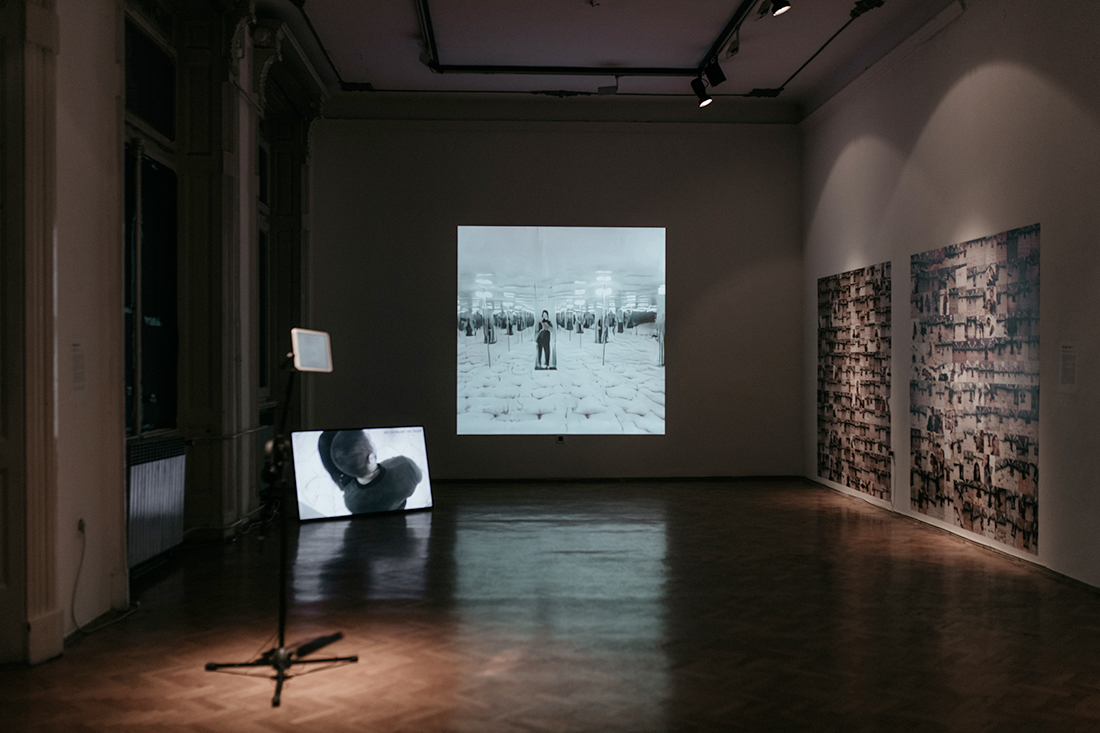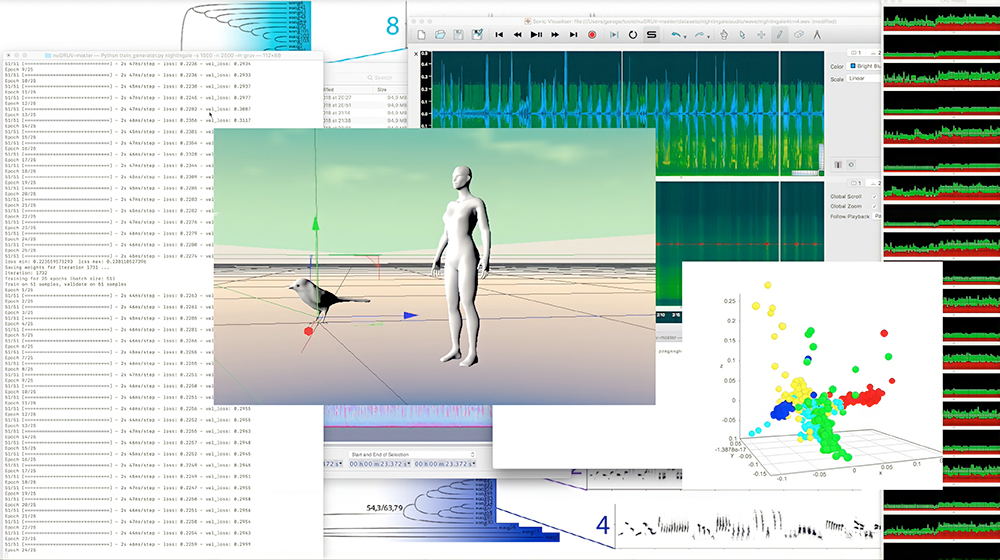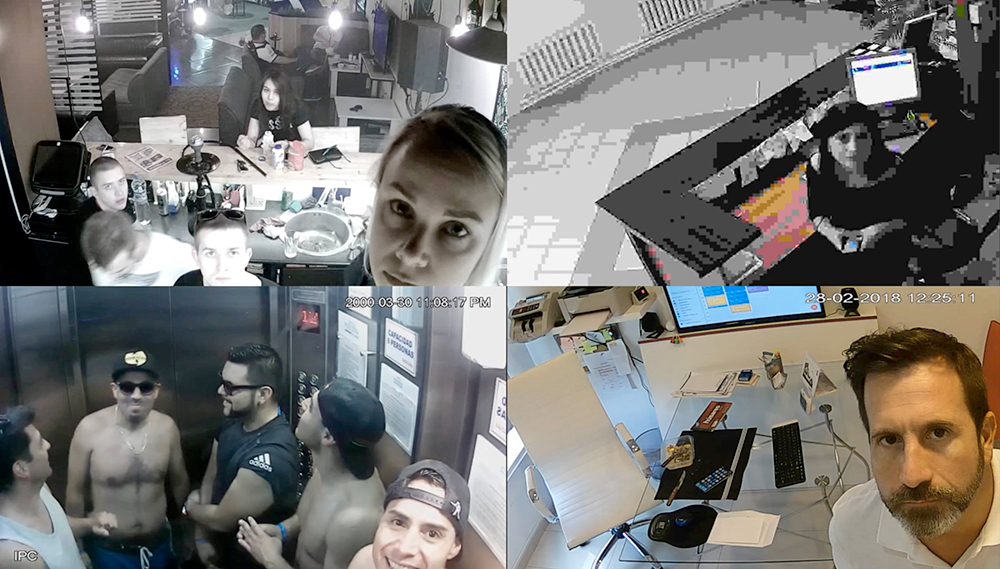The Smell of the Human: Bio-reactors for the skin
Published 18 May 2021 by Rob La Frenais
Helena Nikonole is a new media artist, independent curator and educator and Lucy Ojomoko is a molecular biologist and artist. For the Art4Med programme at Kersnikova Institute in Slovenia they propose together to create genetically modified bacteria of human skin microbiome that affect the sense of smell transmitted by the human body, a radical approach to issues of health and disease prevention.
The ART4MED project intends to foster encounters between art practices and biomedical health research. It addresses the exclusion of marginalized groups from healthcare, global migrations, collapses in environmental health and the need for radical care in these pandemic times. Five partners from five EU countries – Art2M / Makery (Fr), Bioart Society (Fi), Kersnikova (Si), Laboratory for Aesthetics and Ecology (Dk), Waag Society (Nl) – form the ART4MED consortium to unite around their common interest to experiment and disseminate collaborations between hands-on medical humanities and investigative art methodologies. In 2021 and 2022, the consortium will propose 5 residencies, 5 symposiums, talks, co-creative methodology workshops, online collaborations, hands-on sessions, exhibitions, and a final publication and festival in Paris. Helena Nikonole & Lucy Ojomoko are selected residents by the Kersnikova Insitute.

Makery first spoke to Helena. In your artist’s statement of Quorum Sensing: Skin Flora Signal System you talk about potential risks and dangers which techno-evangelists and scientists are not able to realise. Can you give us some examples?
Helena Nikonole: By mentioning “risks and dangers” I mean the opposition to positivist approach to technology and “solutionism” in Evgeny Morozov‘s terms — which means the proposition that we can solve all mankind’s problems with the help of technologies — this approach leads to reductionism in a social context and finally in many cases can cause more issues than it tries to address. There are these contrary viewpoints: we can perceive technology as an opportunity or see in a more critical way or even as a potential threat. Most scientists and of course all techno-evangelists tend to the first perspective, while a privilege of being an artist is to see things from different perspectives: from utopian to dystopian and also from many points of view in between of these opposing mindsets.
So besides the critical approach to technology, if we talk about potential opportunities, I like this ability of great artists to be a medium to uncover hidden capacities of the technology through disruptive experiments and abnormal use of it. One of my favourite examples is The World’s First Collaborative Sentence by Douglas Davis who presented this specific quality of the Internet to create many-to-many (means of) communication. Another example is one of the first DDos attacks which was made by Electronic Disturbance Theater to attack a website of the Mexican president. These are some of my reference points.
Can you talk a little about your curatorial collaborations with Alexei Shulgin in Learning Machines?
Thanks for asking! Alexei was my professor at Rodchenko Art School and my graduation project supervisor and actually I’m so grateful to had a chance to learn from him in many cases just observing the way he looks at things. He just suggested to do a show about neural networks in an artistic context and this became my first curatorial experience. I remember we joked like we were not “real curators”, because we were artist-curators and it’s different. The significant feature of the show was to not only present projects from actors socially established as “artists”, but also bring scientific research into artistic context as well as exhibit projects by machine learning enthusiasts and developers who experiment with neural networks. Another important point was to show different aspects of projects related to AI: from works exploring the aesthetics to projects approaching AI from a critical perspective.
We exhibited some of my favourite projects like VFRAME by Adam Harvey, Anatomy of an AI system by Vladan Joler and Kate Crawford as well as some projects by great young artists like Medina Bazargali or Gray Cake art group. Also it’s important to note that we worked on the exhibition at Electromuseum — which was the only institution in Moscow focused on technological arts at the moment and the institution which became a core for the community of young new media and sound artists in Russia. The gallery was founded by Alexei and artist and curator Aristarkh Chernyshev and it is a super-low budget and DIY-institution, so we made many things like designing posters and setting up interactive projects by ourselves, but it was fun.

In Quorum Sensing: Skin Flora Signal System you propose that people would be able to smell if people were ill, even if they has a hidden, serious disease like cancer. How ethical would this be? I’m thinking about the human rights aspects of things like COVID vaccination passports to cross borders etc?
Yes, we thought about this. If we imagine our project growing into a real self-diagnostic tool — we see it as a DIY-kit to work with bacteria, so it’s a person who decides if they want to use it or not. When it’s a free choice it’s more ethical. We also thought about pre-defining a way to switch off this smell gene again — if we implemented the project in real life that would be useful.
You say you can also change an odor of skin microbiome to make it unrecognisable or repellent for mosquitoes to protect people living in areas endemic for yellow fever, dengue and malaria. Is this really possible? It would be revolutionary if so.
Yes, I think it’s possible and it inspires me a lot that potentially we could help so many people by bringing our DIY-kits into real-life. Though before this implementation we have to conduct a big research to make sure that putting gene-modified bacteria back to skin flora is safe and to prevent all uncontrolled and unpredictable effects.
Makery asked Lucy about the potential applications of the olfactory nature of their project. For example, you say For humans, olfaction has significantly lost its bio-semiotic role. This makes me think of the limited world we now live in with the pandemic – ie most of our human contact is through rectangular video images online. Do you think we could enhance our everyday online communication with some kind of “smell-o-vision”?
Lucy Ojomoko: History knows several attempts to create digital smells to improve audience involvement in what is happening on the screen, which is not surprising because smells are an essential element of social relations. Despite the perfume industry trying to create odour “Esperanto”, smells also have their own individual “dialects and intonations” based on the perception of the certain individual. That’s why it should be remembered that odour “vocabulary” is less generalised than the visual language and such communication needs to applied of more subtle approaches. At the same time, previous experience with digital odours was based on the reproduction of common odours.
I suppose that such projects will be successful in the future if they will focus on especially personal interaction (e.g. personal messaging, not a group chat or cinema), by the reproduction of more intimate and individualised smells in the process of internet communication, giving a sense of presence and increasing the level of empathy during the interaction.

You say that as a neurobiologist you are exploring the problem of trans-species and intraspecific communication? Could you give us some examples?
The art experience I was engaged in was focused on studying the latest scientific discoveries in terms of contemporary art. With my colleagues I was exploring the problem of trans-species and intraspecific communication. Through these researches, we create and study new ways of neurobiological communication by applying neural interfaces, micro-electronics, and artificial intelligence, connecting with living organisms, and presenting hybrid living systems. By recording the specific parameters of its electrical activity, we processed this data, and transmitted them to other biological objects, for example, directly to the insect nervous system or to other humans.
These projects are connected by the idea of the transfer of human “consciousness” to other biological objects. As a molecular biologist, I am considering the possibility of constructing such structures not only with the help of electronic devices that can work as amplifiers and translators, but I also consider it possible to use ‘wet electronics’ for “molecular programming and reprogramming”, which arose evolutionarily, and allowed the creation of such unprecedented complex systems like living organisms. The plasticity of living matter inherent in nature makes it possible to rethink and redirect biological processes into new directions.
So as a scientist working in an artistic context you are using synthetic biology techniques?
Synthetic biology, which I consider a new stage in the development of molecular biology, has especially succeeded in this. I was engaged in the creation of chimeric receptor structures with new properties that could be used for subsequent introduction into living organisms to expand their palette of cognitive functions. The receptor as a unit of perception and our way of communicating with the outside world is a convenient model for modification experiments that allow us to radically change and expand our experience of interacting with the outside world. Of course, such studies are carried out in accordance with bioethics regulations. All these projects raise questions of cultural understanding of boundaries of implementation of neurobiological manipulative technology, in addition to human existence in a new communication paradigm with the transmission of neurobiological information, which is the first stage in the emergence of a “NeuroNet”.

We talked to Helena about her earlier work on AI. Your earlier work is focussed on a concept of Artificial Intelligence. Does this exist and are there such a thing as “ethics of AI”?
There is no such thing as Artificial Intelligence at the moment, when we say AI we mostly imply artificial neural networks which can be human-competitive in solving some tasks but firstly they are too far from being intelligent and secondly, they perform specific un-human qualities like processing vast amounts of data and finding patterns incomprehensible for human perception. Though calling them “intelligent” and anthropomorphising them is a discourse appropriated by states and corporations to make people perceive neural networks as something familiar and friendly and to justify mass implementation of such kinds of algorithms which sometimes are problematic in terms of ethics.
Machine Learning is a general purpose technology which means it can be implemented in rather diverse fields and it transforms society on different levels. Of course this mass implementation of a novel technology leads to new ethical issues and questions, so it makes sense that “Ethics of AI” has to be developed. As for me as an artist, I actually took part in preparing the Critical AI Practice Manifesto, together with artists Wesley Goatley and Marco Donnarumma. In short, we tried to point out questions important to us and to sketch some approaches to critical and ethical artistic AI practices. Actually we wanted to provoke a discussion: the Manifesto is open and any artist or researcher can contribute to it.
More about Helena Nikonole
More about Lucy Ojomoko
ART4MED consortium is coordinated by Art2M / Makery (Fr) in cooperation with Bioart Society (Fi), Kersnikova (Si), Laboratory for Aesthetics and Ecology (Dk), Waag Society (Nl), and co-funded by the Creative Europe program of the European Union.
Open Source Body 2021 is co-financed by CNC-Dicréam, the Creative Europe program of the European Union, ProHelvetia Fondation suisse pour la culture.
